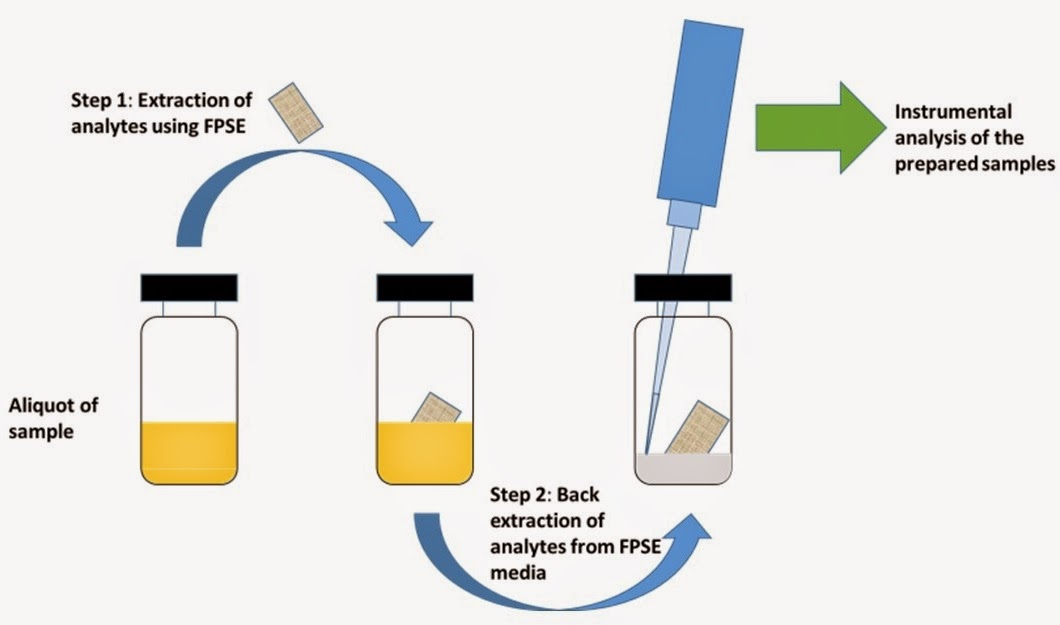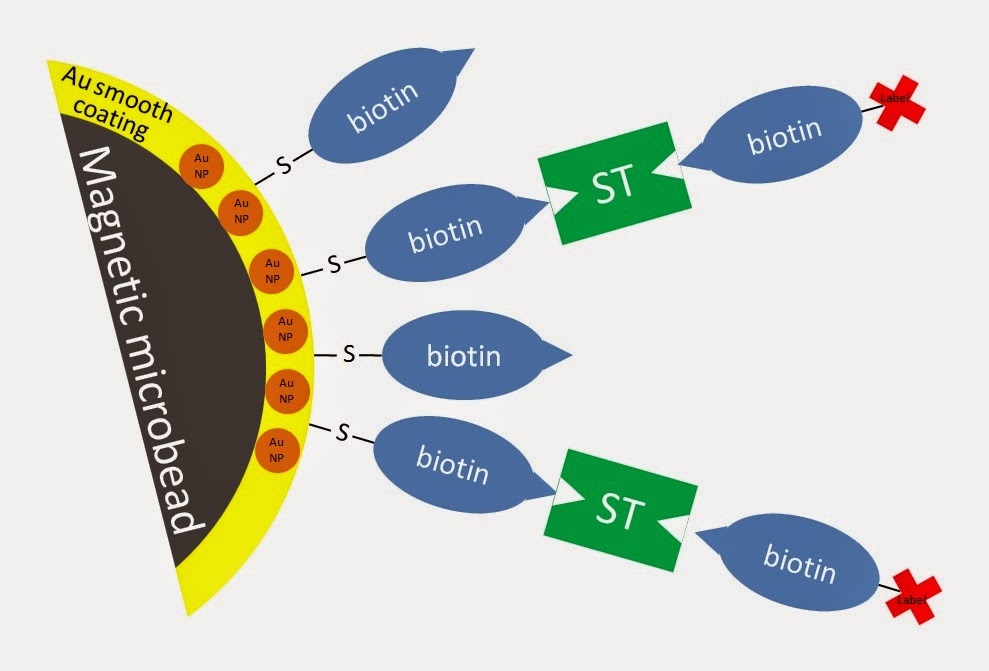Highlighted articles (November 27th, 2015)
We recommend the following
articles that deal with different aspects related with sample preparation.
1. Application of graphitic sorbent for on-line microextraction of drugs
in human plasma samples. Graphitic carbon has a great potential as sorbent
since it may develop different interaction chemistries with target compounds.
Commercial graphitic carbons like graphitized carbon black or porous graphitic
carbon presents some disadvantages including a lack of mechanical stability or
a high retention (almost irreversible) of some analytes. These
shortcomings are faced in this article where a new carbon material is
presented. The new material is based on the deposition of a graphitic carbon
layer over an inert substrate like alumina. This combination increases the
mechanical strength which is key for chromatographic uses. The material has
been packed in a lab made microextraction in packed sorbent (MEPS) device and
it has been applied for the extraction of ropivacaine and lidocaine from plasma
samples showing a better clean-up performance than conventional protein
precipitation procedure. Link to the article
2. In-line coupling of single drop microextraction with capillary
electrophoresis-mass spectrometry. This article
describes for the first time the in-line combination of single drop
microextraction (SDME) and CE using MS as instrumental technique. Even when a
sophisticated and selective technique, such as MS, is used a previous sample
treatment is required to remove matrix components (avoiding in this way
ionization suppression) and preconcentrate the target analytes. The in-line
coupling is not a simple process and requires several modifications of the
system. First of all, the inlet tip of the capillary should be chemically
modified, including hydrophobic moieties, to favor the stabilization of an
octanol drop. This drop acts as chemical barrier between the sample and the
acceptor phase (buffer of the CE) that present different pHs. This pH gradient
is the responsible of the final extraction. The handling of the organic drop in
the capillary tip is the most difficult process and a buffer reservoir in the
outlet tip is required to avoid the introduction of air into the system. Link to the article




Comments
Post a Comment